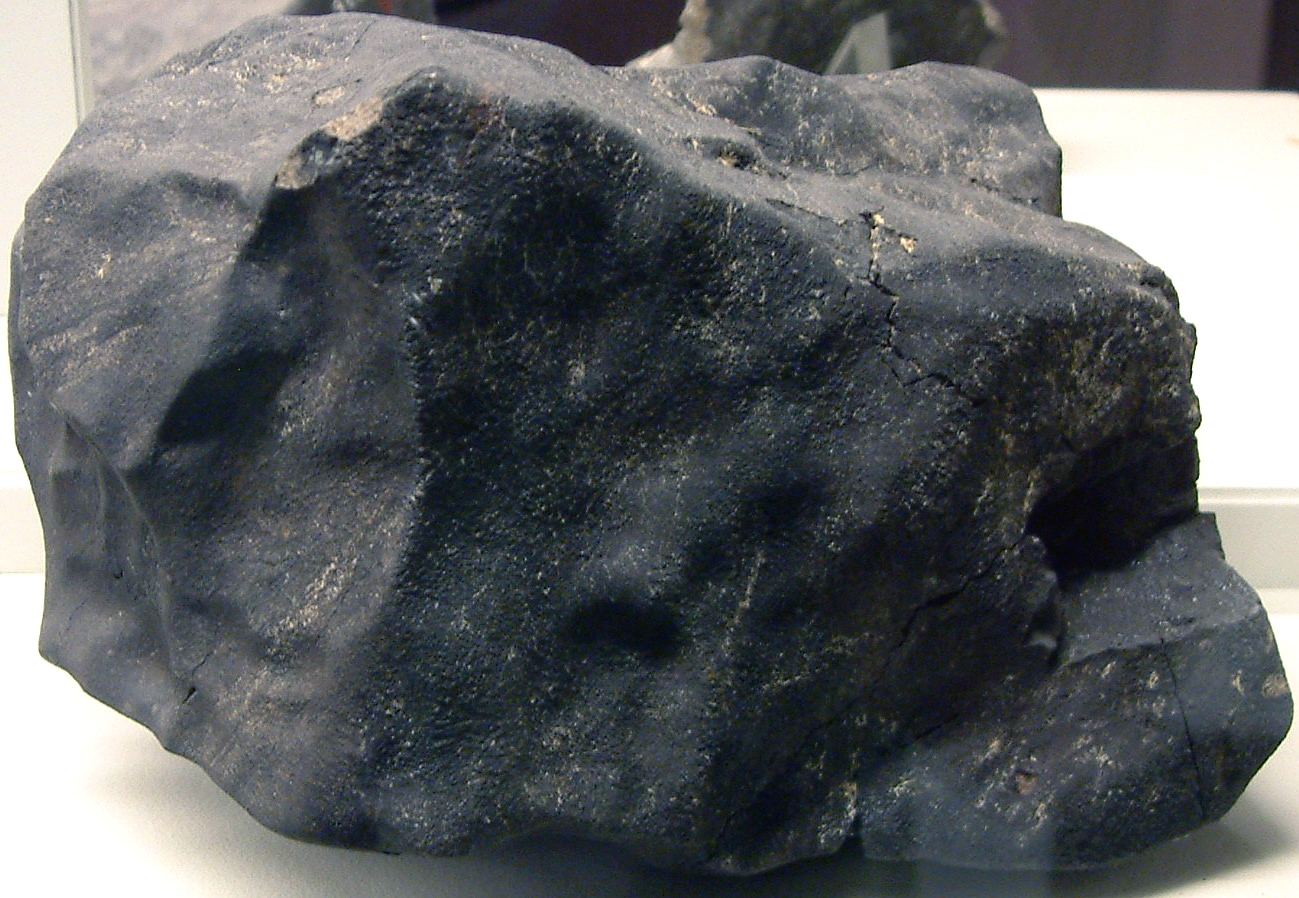A model for a predecessor of life can protect proteins against radiation when it includes manganese ions –without these ions, the radiation degrades any life-forming potential. Although there is no proof that actual predecessors of life had this form of protection, the findings from this model provide the first possible explanation for how this specific obstacle to life’s appearance might have been overcome.
One of the many puzzles about the origins of life is how the molecules needed to get things started survived the harsh radiation they would have been exposed to at the time. Space can host surprisingly complex chemistry. We’ve found many of the amino acids needed for life in asteroids, suggesting these could have peppered the Earth, once conditions cooled down enough that complex organic molecules like this could survive.
However, heat is only one of the threats to such delicate structures. Gamma radiation is another, and the early Earth is known to have had a lot of it. A team led by Professor Bing Tian of Zhejiang University explored how well proteins and other molecules survived large doses of ionizing radiation.
Radiation’s threat to organic molecules is not always direct. It can cause water to break down, producing reactive oxygen species that do even more damage through oxidative stress.
Deinococcus radiodurans is a bacterium that, as the name hints, is capable of surviving radiation that would be lethal to almost all other known living things. It’s also particularly impervious to other threats like dehydration and acidity. To work out how the first organisms, and their non-living predecessors, survived in conditions deeply inhospitable to life, studying D. radiodurans could be a good place to start.

The Murchison meteorite proved many of the building blocks of life were available on the early Earth, but only now do we understand why they weren’t destroyed.
Studies have previously shown that one of D. radiodurans’ tricks is to use manganese 3+ ions. These shield the bacterium’s vulnerable molecules from oxidative stress, leading Tian to wonder if they might do the same thing for pre-biological molecules. Moreover, other forms of life with unusual resistance to radioactivity also accumulate a lot of manganese ions.
The researchers suspected that phosphate residues, known as polyphosphates, might also play a part. Polyphosphates are known to have been present on Earth long before life began, probably produced in volcanoes, and are suspected of having donated phosphates to vital molecules such as ATP, which cells use to store energy.
The team formed model protocells from liquid droplets known as coacervates and blasted them with enough gamma radiation that if this was a Marvel film, they would have acquired superpowers. One type of coacervate, containing polyphosphate-manganese, survived unscathed, including proteins it attracted from the surrounding environment. The other, which still had the polyphosphates, but paired with a peptide instead of the manganese, was annihilated.
Manganese antioxidants are so good at scavenging reactive oxygen species that there is nothing left to damage the proteins, the team concluded. They repeated the experiment with DNA in the coacervates, and once more observed radiation-resistance.
It’s still a long way from this work to knowing how life could have got started. Many steps would have gone into combining the manganese ions and polyphosphates with the other ingredients needed for self-replication to occur. Nevertheless, one more seemingly insurmountable obstacle to the vast challenge of life arising from non-life may have been resolved.
The study is published in Nature Communications.
Source Link: How The Building Blocks Of Life Survived Early Earth's Extreme Radiation